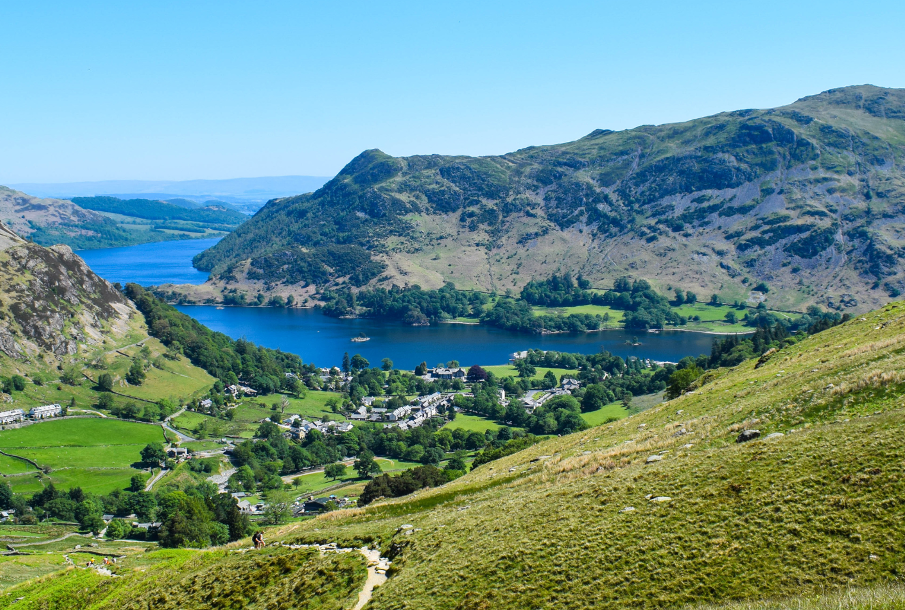Discover the Natural Beauty of Langdale Moor

Introduction
Langdale Moor is a stunning natural region in the heart of the Lake District, renowned for its breathtaking landscapes and diverse wildlife. As a part of a UNESCO World Heritage Site, Langdale Moor has gained considerable interest from nature enthusiasts, hikers, and conservationists alike. Its accessibility, coupled with the rich biodiversity that thrives in this area, makes it an important destination for outdoor activities and environmental education.
Ecological Significance
Langdale Moor is home to a variety of habitats, including wetlands, heathlands, and grasslands. This diverse ecosystem supports numerous species of flora and fauna. Birdwatchers can spot rare species such as the Hen Harrier and numerous songbirds, while botanists may delight in the unique plant species that flourish here.
Recent ecological studies highlight the importance of Langdale Moor in maintaining regional biodiversity. The University of Cumbria has conducted ongoing research, revealing how extensive conservation efforts have positively impacted local wildlife and restored habitats that had previously been under threat from invasive species and climate change.
Recreational Opportunities
For those seeking adventure, Langdale Moor offers a plethora of recreational opportunities. The area is dotted with trails suitable for all levels of walkers and climbers. Popular routes include the ascent to Pike of Stickle, which offers panoramic views of the surrounding fells and valleys.
In addition to hiking, Langdale Moor is an excellent spot for photography, picnicking, and simply enjoying nature. The rugged terrain and scenic vistas make it a favourite among local hikers, as well as tourists seeking to immerse themselves in the natural beauty of the Lake District.
Recent Initiatives and Future Developments
Recently, conservation groups such as the Lake District National Park Authority have ramped up efforts to promote sustainable tourism in Langdale Moor through education and preservation activities. The initiative aims to balance visitor enjoyment with ecological preservation, ensuring that the natural splendour of Langdale Moor is safeguarded for future generations.
In cooperation with local businesses and community groups, there are plans in place to improve facilities for visitors, including enhanced signage and eco-friendly amenities. These developments aim to make Langdale Moor more accessible while also educating visitors about the importance of conservation and responsible tourism.
Conclusion
Langdale Moor stands as a testament to the beauty and ecological importance of the Lake District. As more people flock to the area for its natural wonders, it is paramount that conservation efforts continue to develop and adapt. The future of Langdale Moor not only relies on the responsible actions of visitors but also on community collaboration to preserve the unique landscapes and habitats that make this location so special. By appreciating and safeguarding Langdale Moor, we can ensure that its charm endures for generations to come.


